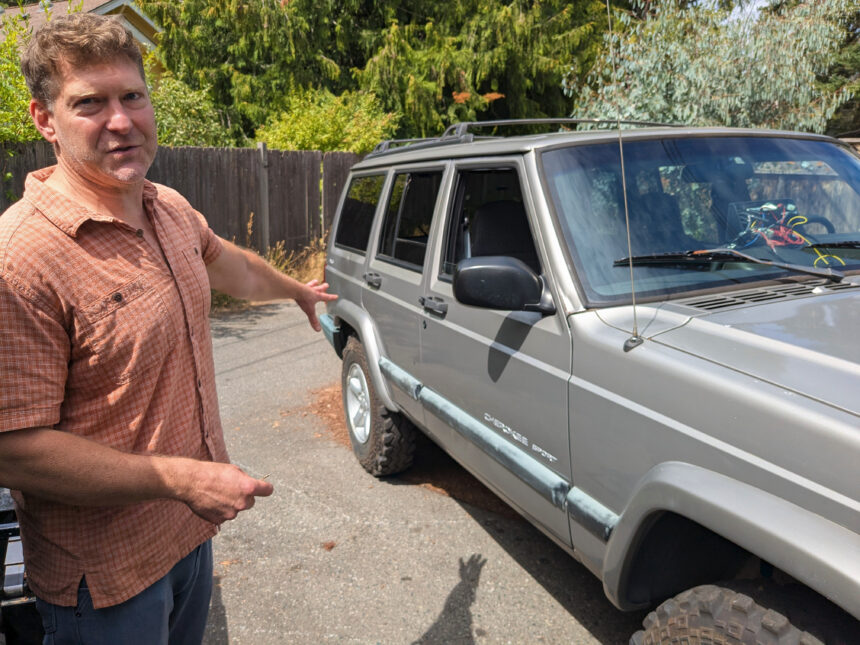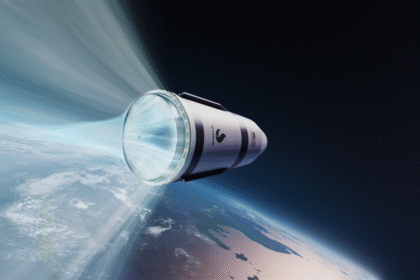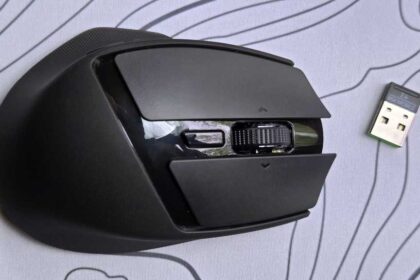No matter how Tom Gurski crunched the numbers, there was no way the planet was going to switch to electric vehicles fast enough to meet even modest global warming targets. Gas-powered cars, trucks and SUVs are on the road for 20-plus years on average, and their usable lifespan keeps getting longer. Plus, it’s a carbon-intensive waste to prematurely chuck all the steel tied up in the vehicles.
The longtime mechanical engineer believes he has a solution.
From a two-car Seattle garage crammed with machinery that would make any gearhead swoon, Gurski has developed technology that can transform fossil fuel vehicles into plug-in electric hybrids — cars that can run on battery power for daily driving but switch to gas for longer trips — for a few thousand dollars and about a day of installation work.
“I’m fully convinced it’s a solution the world needs,” he said.
Gurski launched Blue Dot Motorworks five years ago to commercialize the technology, and his effort is kicking into gear:
- Blue Dot was selected in June for the inaugural Climate Tech Incubator with the University of Washington’s CoMotion Labs.
- Blue Dot has initially focused on fleet vehicles and Gurski secured agreements for pilot projects with a school and a college in British Columbia, and is in talks with the construction company Skanska and Seattle Public Utilities.
- The startup has been bootstrapped so far and is now running a crowd-sourced Wefunder campaign and will seek venture capital this fall.
- The company holds three patents in the U.S. and Europe and is in final negotiations for two more.
The initial prototype, a product dubbed Narwhal, is designed to pair with pickup trucks. Its second version, called Humpback, will target cars and SUVs.
Gurski has held mechanical engineering leadership roles at multiple companies and worked on sanitation technology for Gates Foundation-funded projects before starting his own engineering consultancy, which led into Blue Dot.
Redwood Stephens, former chief product officer for Rad Power Bikes and a past president of engineering company Synapse Product Development, recently joined the startup as a part-time CPO. The team includes Suzanne Ellis Wernevi, head of business development, communications and policy.
Stephens touts the universality of the technology as a major selling point as the business aims to get traction with outside investors.
“If you have a solution that is agnostic to the make and model of the vehicle,” he said, “then suddenly the addressable market becomes massive.”
Taking a spin
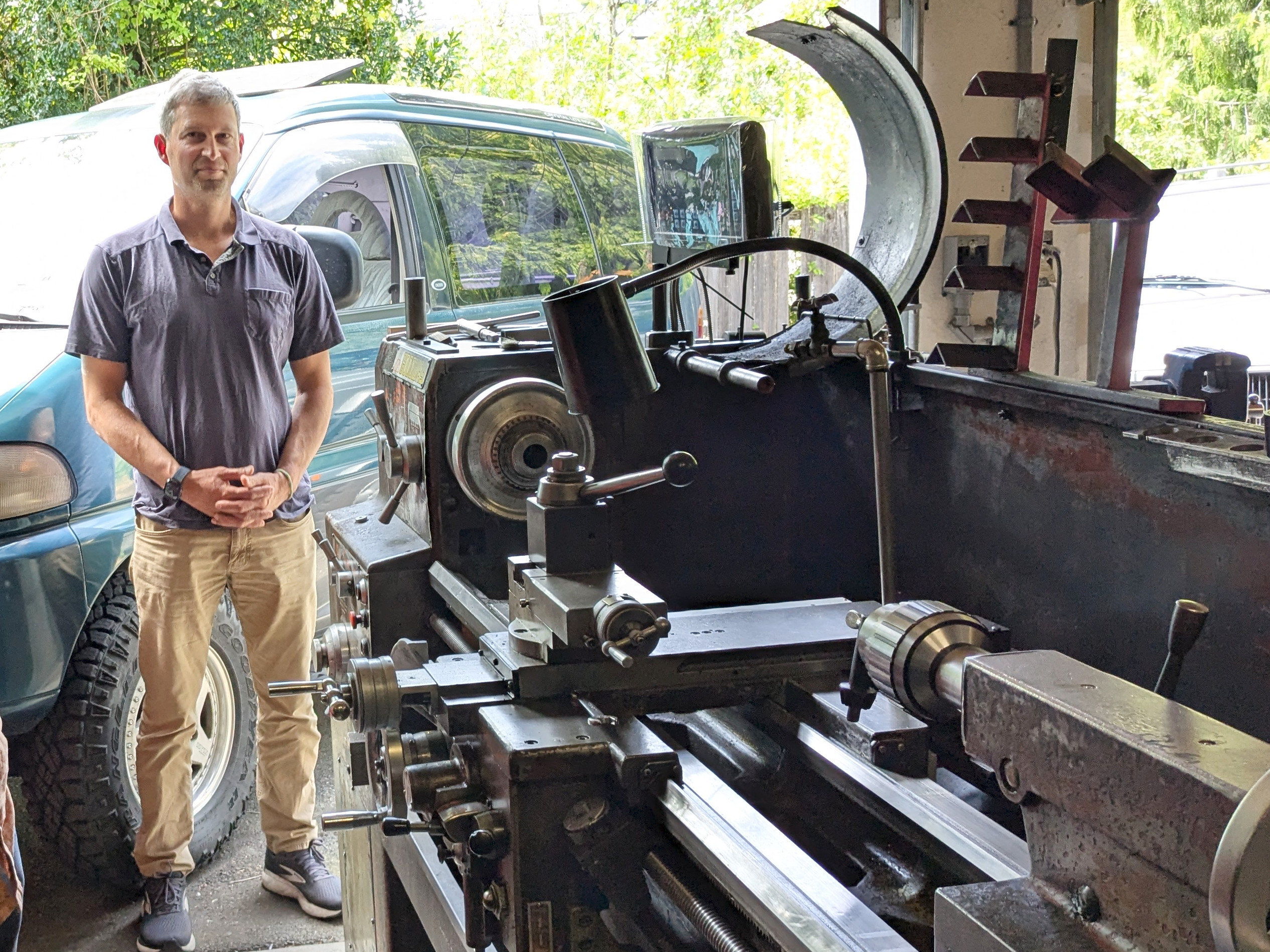
Gurski developed his prototype on his own 2001 Jeep Cherokee — a vehicle that gets a paltry 16 miles per gallon. On a recent test drive he put the key in the ignition, but instead of firing up the gas engine, he started it with a control unit mounted on the dashboard.
“You just turn the vehicle on without starting it, put it in neutral, power the system on,” he explained. A low hum indicated the different components were operating, and the dashboard device displayed that the battery was nearly fully charged, “and then off we go.”
On a quick spin through a residential neighborhood, the ride was a little louder and more rattling than a regular EV given the Jeep’s age and a transmission feature that will change in the final product. But the vehicle worked as intended, smoothly accelerating and braking, all without pumping any CO2 into the atmosphere.
The Blue Dot conversion is a variation on traditional plug-in hybrid electric vehicles (PHEVs). The vehicles operate entirely electrically until their batteries run out and they switch over to internal combustion engines. The hybrids have a much shorter battery range than 100% EVs, but given that most drivers make daily trips of 35-40 miles, they’re running fossil fuel-free most of the time.
“If you look at any existing car on the road, it’s already 80% of a plug-in hybrid. It’s already a car … It’s already got the combustion-powered part of the equation. All you need to do is add the electric side of the equation, and you’ve got a plug-in hybrid,” Gurski said. “So the trick is, how do you do that in a way that can be done cost effectively and scalably?”
‘Makes good sense’
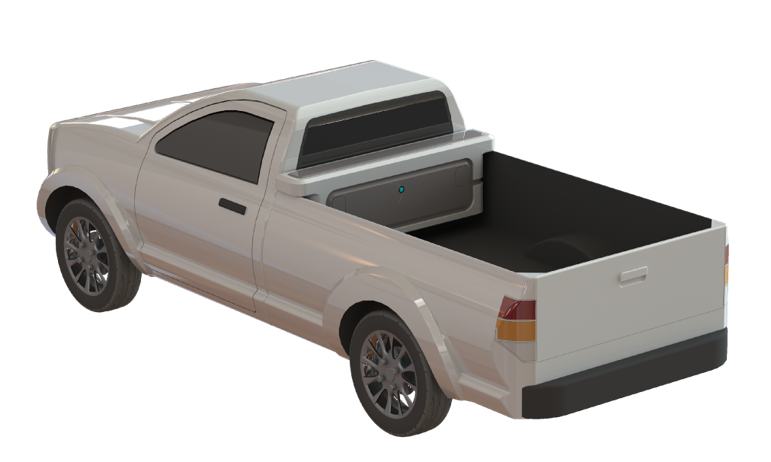
Automakers including Toyota, BMW, Kia, Hyundai and others sell plug-in hybrid electric vehicles off the lot and sales have been increasing. Entrepreneurs have tried, and largely failed, to create retrofit solutions for converting gas-powered vehicles.
But Jay Donnaway, past president of the Seattle Electric Vehicle Association (SEVA) and long-time EV enthusiast, is “cautiously optimistic” that Blue Dot has landed on a winning strategy. Most other technologies added battery power to boost a gas vehicle’s efficiency, he said, but didn’t include the ability to drive purely as an EV.
“Without EV-only mode, you leave the easiest savings on the table,” Donnaway said, “because you can’t even drive to the mailbox and back without turning on the engine.”
Blue Dot’s team is prepping to build about 10-12 prototype kits for pilot tests on light-duty vehicles at Royal Roads University on Vancouver Island and the Richmond School District in British Columbia. The organizations will buy the kits, test the technology for six months, and can remove and return the systems for a full refund if they aren’t satisfied.
The technology “makes good sense to me,” Donnaway said. “Mechanically, [Gurski] has been extremely careful.”
But there are plenty of challenges for Blue Dot to navigate. Building hardware is expensive, particularly for initial, limited-run production. Trump administration policies are undermining EV adoption by cutting tax rebates for vehicle purchases and eliminating funding for charging infrastructure — though the loss of rebates could make Blue Dot’s proposition more cost competitive. And there’s the hurdle of educating drivers on the existence of this technology and its benefits.
How it works
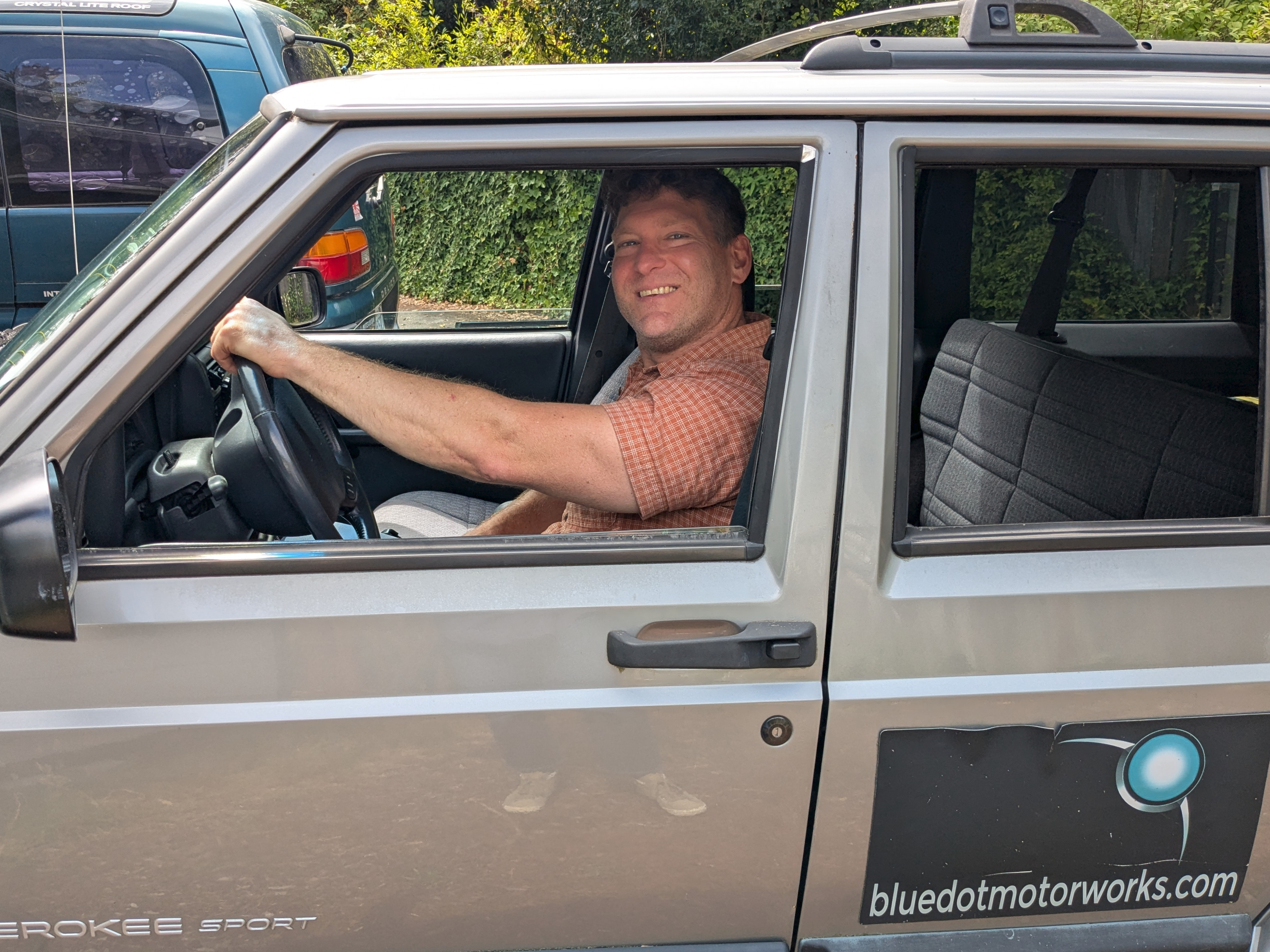
The Narwhal system includes a battery and electronics box about the size of a small truck-bed toolbox that’s installed inside the bed. The system inserts a motor drive unit into the truck’s drive shaft, allowing it to turn the rear wheels with battery power.
A dashboard display shows battery charge and allows drivers to switch between electric and gas power. It will give audible and visual warnings if the battery power gets low. The technology includes regenerative braking and enables one-pedal driving.
The system for cars and SUVs will be similar, but the motor drive unit will be placed on the rear wheels, and the battery component will go in the trunk or on a trailer hitch.
The conversion kit targets a price of $6,000-$9,000 based on vehicle type, plus roughly $500-$1,000 in labor costs for installation. The system is designed so any mechanic can install it.
The upfront costs are significant, but vehicles with poor fuel efficiency can make up the investment in three or four years given that electricity is cheaper than filling up with gasoline. There are additional maintenance savings as the combustion engine will see less wear and tear.
After 10 years chasing a plug-in hybrid solution, Gurski thinks he’s there.
“You could say that the best inventions are the ones that seem obvious once they’re invented. And I think this kind of falls into that category,” he said. “It’s like, yeah, obviously that’ll work — but I had to come up with this.”
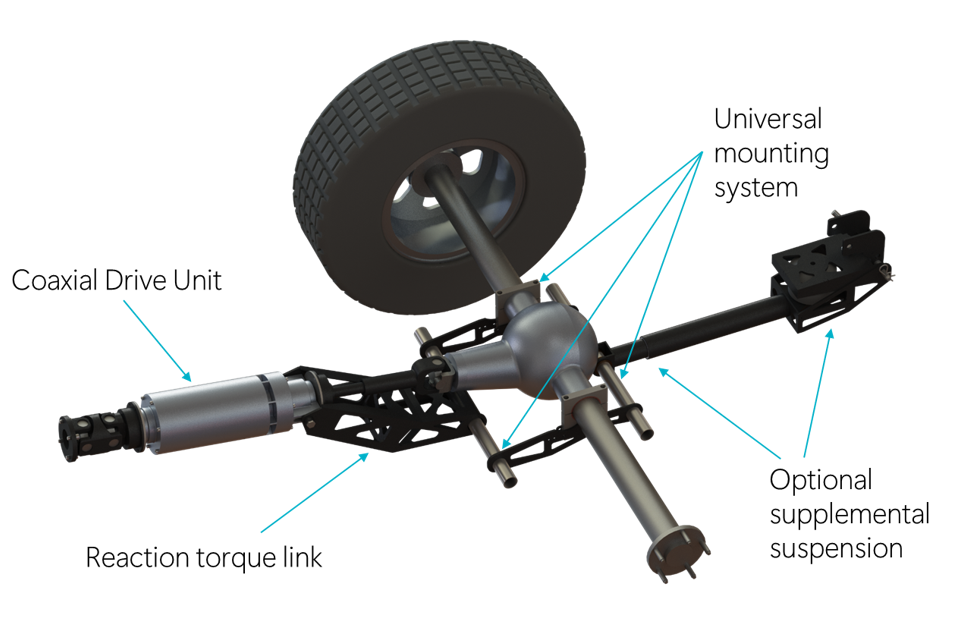
Read the full article here



